Home>Furniture & Design>Interior Design Trends>How To Shade Glass
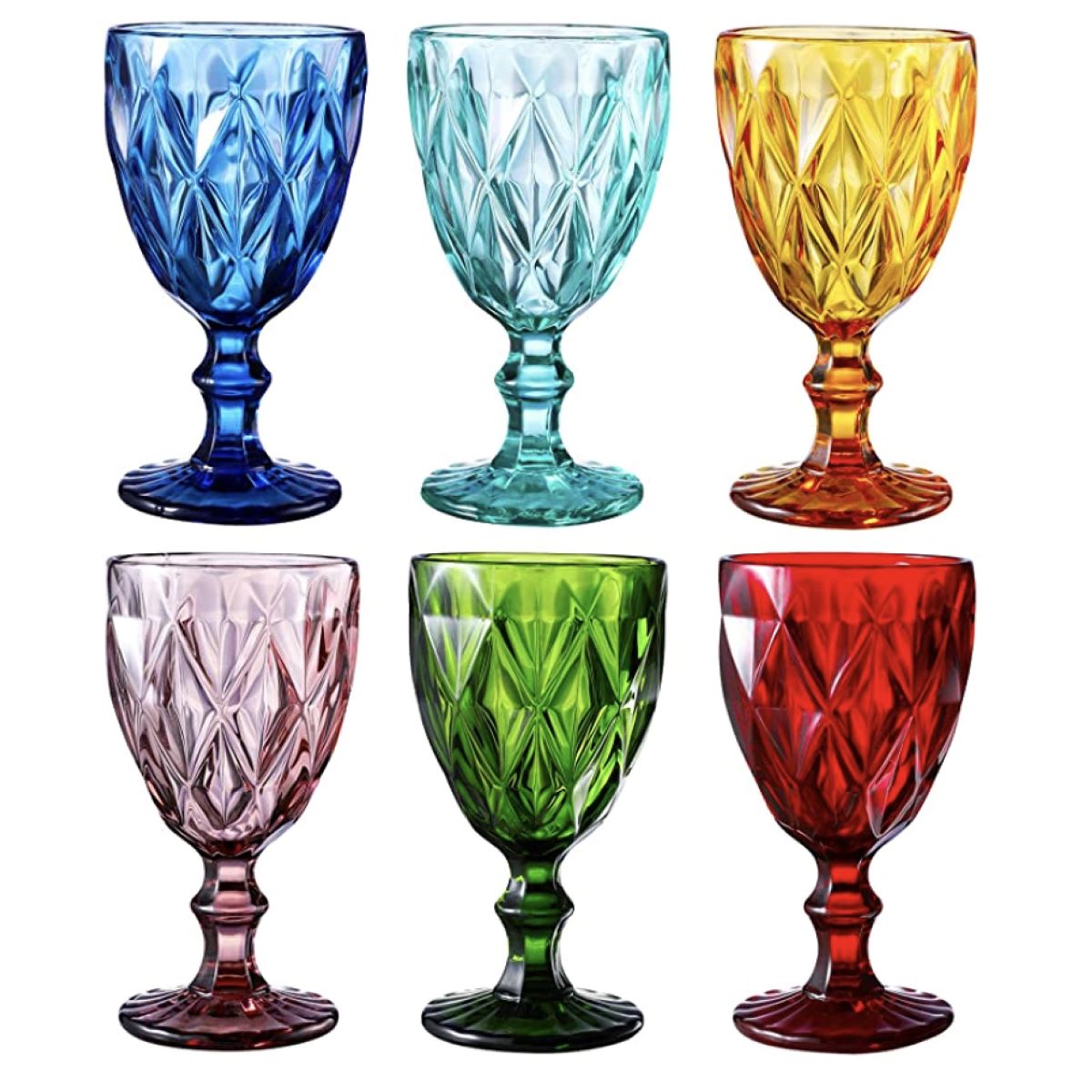

Interior Design Trends
How To Shade Glass
Published: February 5, 2024
Learn the latest interior design trends for shading glass in your home. Discover expert tips and techniques for creating a stylish and modern look. Elevate your space with these innovative ideas.
(Many of the links in this article redirect to a specific reviewed product. Your purchase of these products through affiliate links helps to generate commission for Storables.com, at no extra cost. Learn more)
Introduction
Shading glass is an art form that adds depth, dimension, and realism to interior design illustrations and architectural renderings. Mastering the technique of shading glass can elevate your design presentations, making them more visually compelling and captivating. Whether you are an interior designer, architect, or artist, understanding the interplay of light and shadow on glass surfaces is essential for creating stunning visual representations.
In this comprehensive guide, we will delve into the intricacies of shading glass, exploring the fundamental principles of light and shadow, the selection of appropriate materials, and the application of various shading techniques. By the end of this article, you will have gained valuable insights into the art of shading glass, equipping you with the knowledge and skills to produce realistic and visually striking representations in your design projects.
Let's embark on this enlightening journey into the world of glass shading, where we will unravel the secrets of capturing the ethereal beauty and translucency of glass through the art of shading.
Key Takeaways:
- Shading glass is like capturing its magical dance with light, using special tools and techniques to make it look real and beautiful in design illustrations and architectural renderings.
- To shade glass, you need to understand how light plays with it, choose the right materials, and use clever techniques like layering, blending, and adding reflections to make it look stunning and lifelike.
Read more: How To Repair A Stained Glass Lamp Shade
Understanding Light and Shadow
Understanding the behavior of light and shadow is paramount when it comes to shading glass effectively. Light plays a pivotal role in defining the appearance of glass, as it interacts with the surface, creating reflections, refractions, and subtle variations in transparency. To achieve realistic and compelling glass shading, it is crucial to comprehend the principles governing the interplay of light and shadow.
When light strikes a glass surface, it undergoes a series of complex interactions. Some light is reflected off the surface, creating highlights and specular reflections. Meanwhile, a portion of the light penetrates the glass, undergoing refraction and internal reflections before exiting the material. These intricate processes contribute to the unique visual characteristics of glass, such as its transparency, gloss, and ability to transmit and reflect light.
The angle of incident light significantly influences the appearance of glass. Direct light sources cast distinct highlights and shadows, accentuating the contours and curvature of the glass surface. Additionally, the position of the observer relative to the light source and the glass object determines the perceived reflections and transparency, further shaping the visual representation of the glass.
Moreover, the environment surrounding the glass object also impacts its shading. Ambient light, environmental reflections, and the presence of other objects in the vicinity contribute to the overall lighting conditions, influencing the way light interacts with the glass surface.
In essence, comprehending the intricate dynamics of light and shadow on glass surfaces is essential for achieving realistic and visually compelling shading. By mastering the principles of light behavior and its interaction with glass, designers and artists can effectively capture the ethereal beauty and translucency of glass in their visual representations.
Choosing the Right Materials
Selecting the appropriate materials is a critical aspect of achieving realistic and visually captivating glass shading in design illustrations and architectural renderings. The choice of materials directly influences the authenticity and aesthetic appeal of the shaded glass, making it essential to carefully consider the following elements:
Transparency and Translucency:
When simulating glass shading, it is imperative to use materials that accurately convey the transparency and translucency of glass. Transparent or translucent markers, pencils, or digital brushes are essential for capturing the visual characteristics of glass, allowing for the depiction of light transmission and internal reflections within the material.
Reflective Qualities:
Materials with reflective properties are instrumental in replicating the reflective nature of glass surfaces. Utilizing markers, pencils, or digital tools that offer reflective capabilities enables the creation of highlights and specular reflections, enhancing the realism of the shaded glass.
Read more: How To Make A Stained Glass Lamp Shade
Texture and Surface Finish:
The texture and surface finish of the materials play a crucial role in emulating the tactile qualities of glass. Opt for materials that allow for smooth and controlled application, facilitating the depiction of the sleek and polished surfaces typical of glass objects.
Layering and Blending Capabilities:
Select materials that offer layering and blending capabilities to achieve nuanced shading effects. The ability to layer colors and blend tones seamlessly is essential for capturing the subtle variations in transparency and light diffusion exhibited by glass surfaces.
Compatibility with Rendering Techniques:
Consider the compatibility of the materials with various rendering techniques, whether traditional or digital. Different mediums and tools may yield distinct visual effects, so it is important to choose materials that align with the preferred rendering approach, ensuring seamless integration into the overall design process.
By carefully selecting materials that align with these essential criteria, designers and artists can effectively capture the intricate visual properties of glass, resulting in compelling and lifelike shading in their design representations. The right materials serve as the foundation for achieving realistic and visually captivating glass shading, elevating the quality and impact of design illustrations and renderings.
Techniques for Shading Glass
Shading glass requires a nuanced approach to capture the intricate interplay of light and shadow on its transparent and reflective surfaces. Employing the right techniques is essential for achieving realistic and visually compelling glass shading in design illustrations and architectural renderings. Here are several effective techniques for shading glass:
Read more: How To Clean Shades And Blinds
Layering and Blending:
Layering translucent colors and blending them strategically is a fundamental technique for simulating the transparency and depth of glass. By gradually building up layers of color, designers can replicate the gradual light transmission and internal reflections within the glass, creating a sense of depth and dimension. Blending the colors seamlessly helps achieve smooth transitions, mimicking the subtle variations in transparency exhibited by glass surfaces.
Highlighting and Specular Reflections:
Emphasizing highlights and specular reflections is crucial for conveying the reflective nature of glass. By strategically leaving areas untouched or using lighter tones, designers can simulate the bright highlights created by direct light sources on glass surfaces. Additionally, incorporating subtle specular reflections adds a touch of realism, capturing the glossy and reflective qualities of glass.
Refraction and Distortion:
Depicting refraction and distortion is essential for conveying the optical properties of glass. When light passes through glass, it undergoes refraction, causing a shift in the perceived position of objects viewed through the material. By skillfully distorting the shapes and contours seen through the glass, designers can effectively convey its refractive nature, adding a layer of authenticity to the shading.
Environmental Reflections:
Incorporating environmental reflections contributes to the realism of glass shading. By integrating subtle reflections of surrounding objects and the environment, designers can emulate the way glass surfaces interact with their surroundings. This technique enhances the contextual integration of the glass object within the design illustration, creating a more immersive and lifelike representation.
Read more: How To Put A Lamp Shade On
Texture Emulation:
Emulating the texture of glass is essential for capturing its tactile qualities. Utilizing techniques to convey the smooth and polished surfaces of glass, such as employing fine lines or stippling, adds a tactile dimension to the shading. By carefully rendering the surface texture, designers can enhance the visual authenticity of the glass, making it more visually engaging and realistic.
By mastering these techniques and skillfully applying them in design illustrations and architectural renderings, designers and artists can achieve stunning and lifelike glass shading, elevating the overall visual impact of their creations. These techniques serve as invaluable tools for capturing the ethereal beauty and translucency of glass, enhancing the quality and realism of design representations.
Tips for Realistic Glass Shading
Achieving realistic and captivating glass shading requires attention to detail and a nuanced approach. Here are essential tips to enhance the authenticity and visual appeal of shaded glass in design illustrations and architectural renderings:
-
Observation and Study: Begin by observing real-life glass objects in various lighting conditions. Study how light interacts with the surfaces, creating reflections, refractions, and variations in transparency. By closely observing the behavior of light and shadow on glass, you can gain valuable insights that will inform your shading technique.
-
Gradual Layering: When shading glass, adopt a gradual layering approach to simulate its transparency and depth. Build up translucent colors slowly, paying attention to the areas where light penetrates and the resulting internal reflections. This method allows for the creation of a sense of depth and dimension within the glass object.
-
Subtle Blending: Employ subtle blending techniques to achieve smooth transitions between different tones and colors. This is particularly important for capturing the nuanced variations in transparency and light diffusion exhibited by glass surfaces. Seamless blending adds a level of realism to the shading, enhancing the overall visual impact.
-
Highlight Placement: Strategically place highlights to mimic the reflective nature of glass. Consider the position of direct light sources and accentuate the areas where highlights would naturally occur. By effectively capturing the interplay of light and glass, you can convey the glossy and reflective qualities inherent to glass surfaces.
-
Refraction Representation: Depict the optical phenomenon of refraction to convey the unique properties of glass. Skillfully distort the shapes and contours seen through the glass, aligning with the principles of light refraction. This technique adds an authentic touch to the shading, enhancing the realism of the glass object.
-
Environmental Integration: Integrate subtle environmental reflections to contextualize the glass object within its surroundings. By incorporating reflections of nearby objects and the environment, you can create a more immersive and lifelike representation. This contributes to the overall realism of the shaded glass.
-
Texture Emulation: Emulate the smooth and polished texture of glass through meticulous rendering. Utilize techniques such as fine lines or stippling to convey the tactile qualities of glass surfaces. Paying attention to texture adds depth and visual interest to the shading, enhancing its authenticity.
By implementing these tips and techniques, designers and artists can elevate the quality of their glass shading, producing compelling and lifelike representations in their design projects. The careful application of these tips contributes to the creation of visually striking and authentic glass shading, enriching design illustrations and architectural renderings with a heightened sense of realism and aesthetic appeal.
Conclusion
In conclusion, mastering the art of shading glass is a transformative skill for designers, architects, and artists seeking to elevate the visual impact and realism of their design representations. The intricate interplay of light and shadow on glass surfaces presents a captivating challenge, requiring a deep understanding of light behavior, meticulous material selection, and the application of nuanced shading techniques. By delving into the world of glass shading, individuals can unlock the potential to create stunning and lifelike visual representations that authentically capture the ethereal beauty and translucency of glass objects.
Throughout this comprehensive guide, we have explored the fundamental principles of light and shadow as they relate to glass shading, emphasizing the importance of comprehending the complex interactions that define the appearance of glass. The selection of appropriate materials has been highlighted as a critical factor in achieving realistic glass shading, with an emphasis on transparency, reflective qualities, texture, and compatibility with rendering techniques. Furthermore, the exploration of effective shading techniques, including layering and blending, highlighting specular reflections, and depicting refraction and environmental reflections, has provided valuable insights into the nuanced approach required to capture the visual intricacies of glass surfaces.
Additionally, the essential tips for realistic glass shading serve as practical guidelines for enhancing the authenticity and visual appeal of shaded glass in design illustrations and architectural renderings. From the emphasis on observation and gradual layering to the strategic placement of highlights and the integration of environmental reflections, these tips offer actionable strategies for achieving compelling and lifelike glass shading.
By integrating these principles, techniques, and tips into their design process, individuals can elevate the quality and impact of their visual representations, infusing them with a heightened sense of realism and aesthetic appeal. The mastery of glass shading empowers designers and artists to create captivating and immersive design illustrations and architectural renderings that resonate with authenticity and visual allure.
In essence, the art of shading glass transcends the mere depiction of a material; it encapsulates the mastery of light, the finesse of rendering, and the ability to evoke the captivating allure of glass in its purest form. As individuals continue to refine their skills and expand their understanding of glass shading, they embark on a journey of artistic growth and visual storytelling, enriching their design projects with the timeless elegance and ethereal beauty of shaded glass.
Frequently Asked Questions about How To Shade Glass
Was this page helpful?
At Storables.com, we guarantee accurate and reliable information. Our content, validated by Expert Board Contributors, is crafted following stringent Editorial Policies. We're committed to providing you with well-researched, expert-backed insights for all your informational needs.
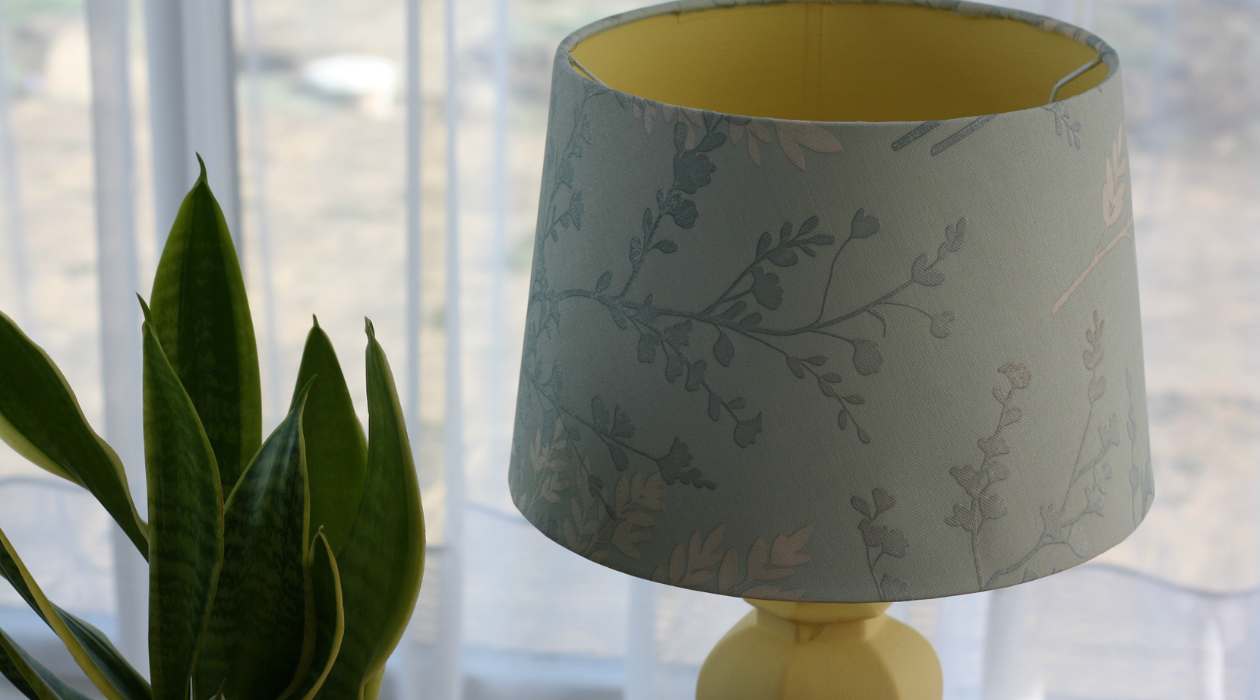
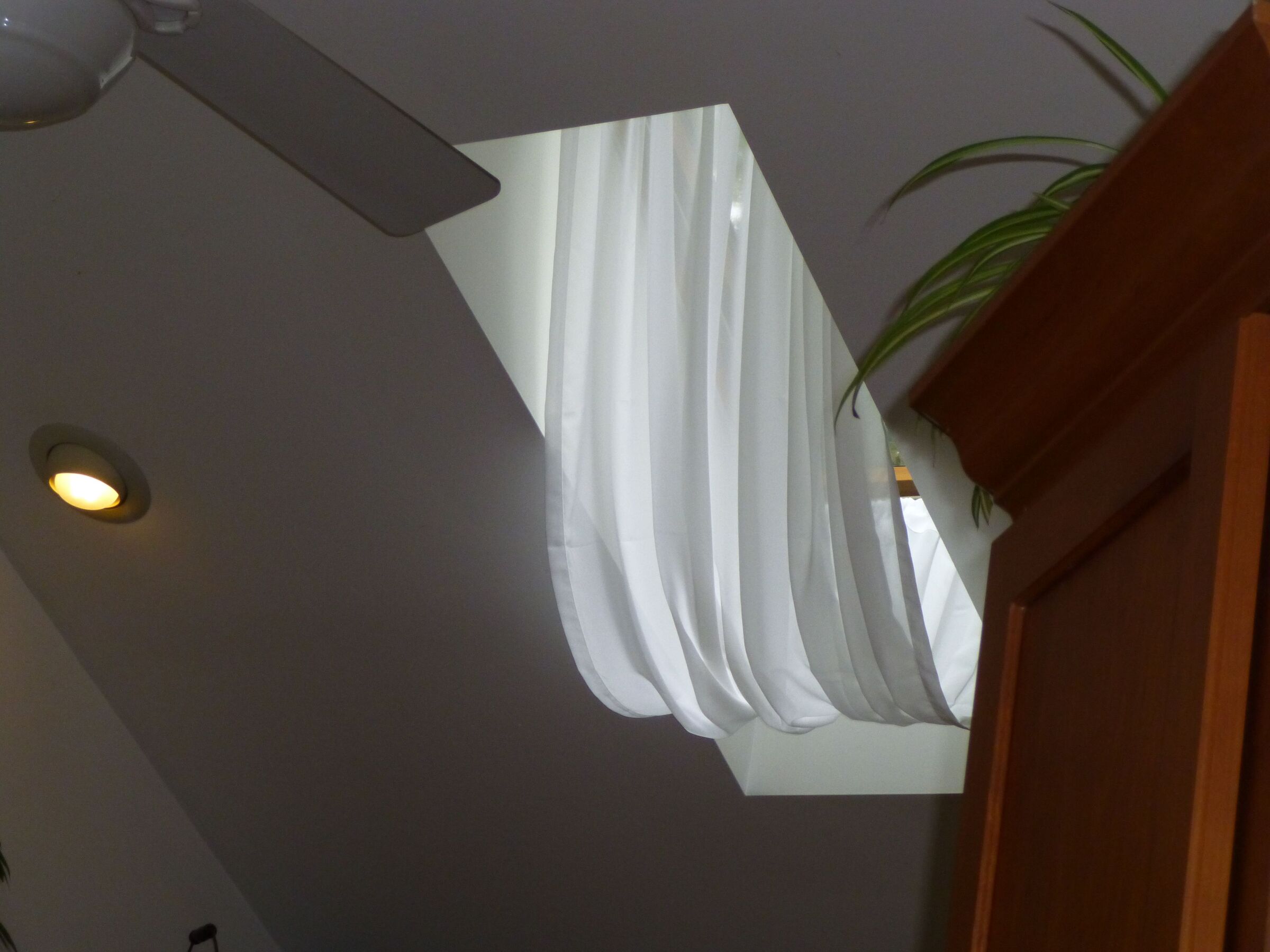
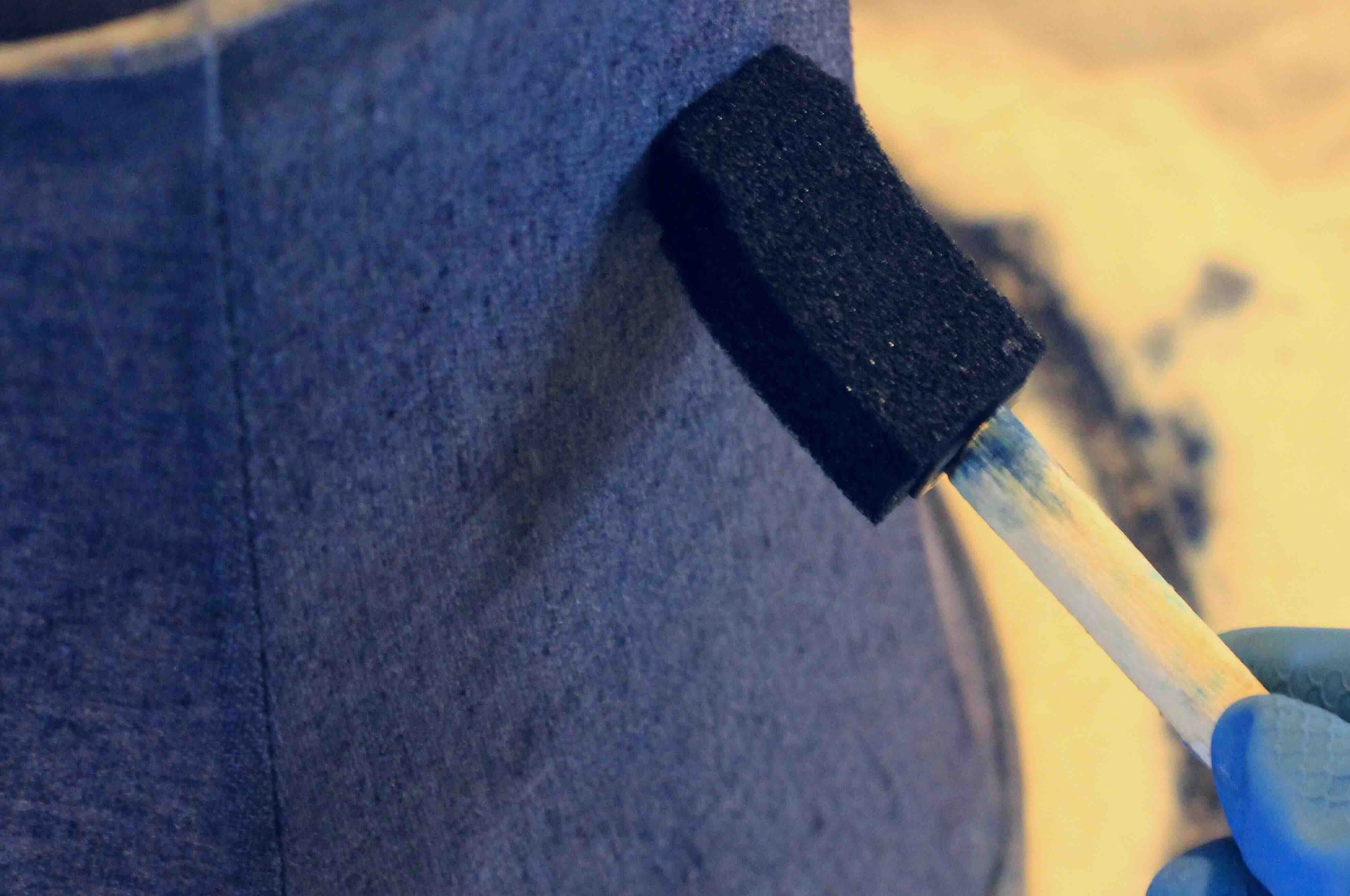
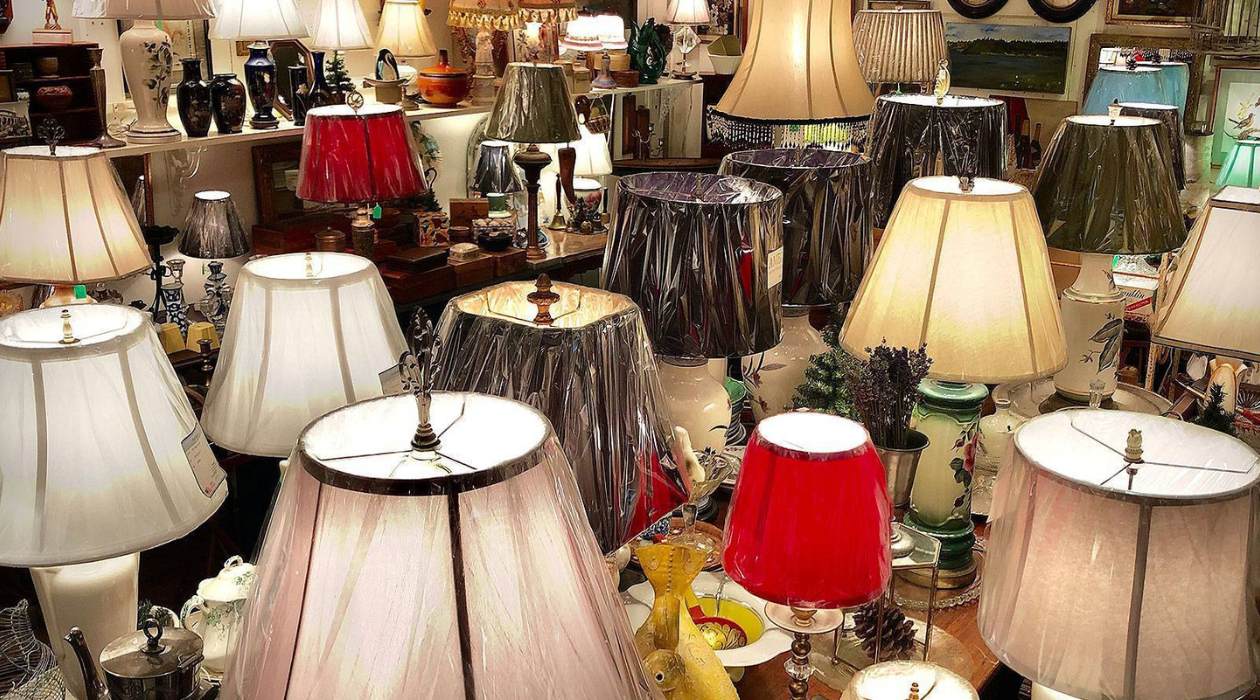
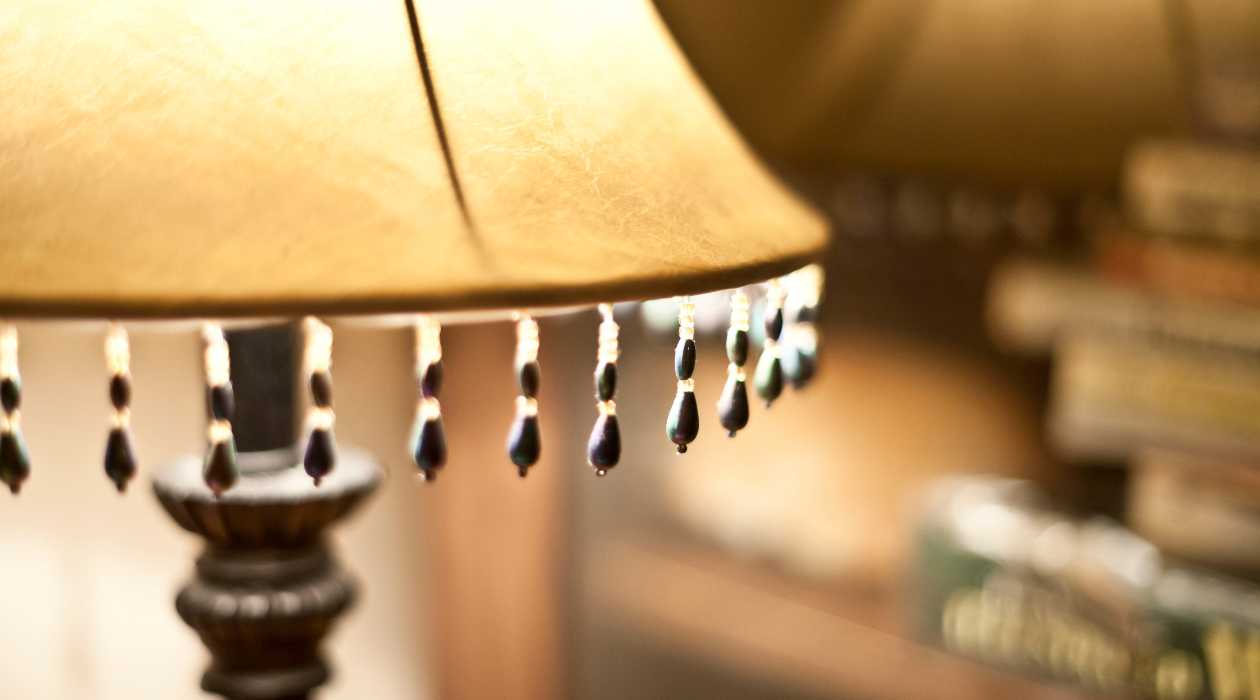

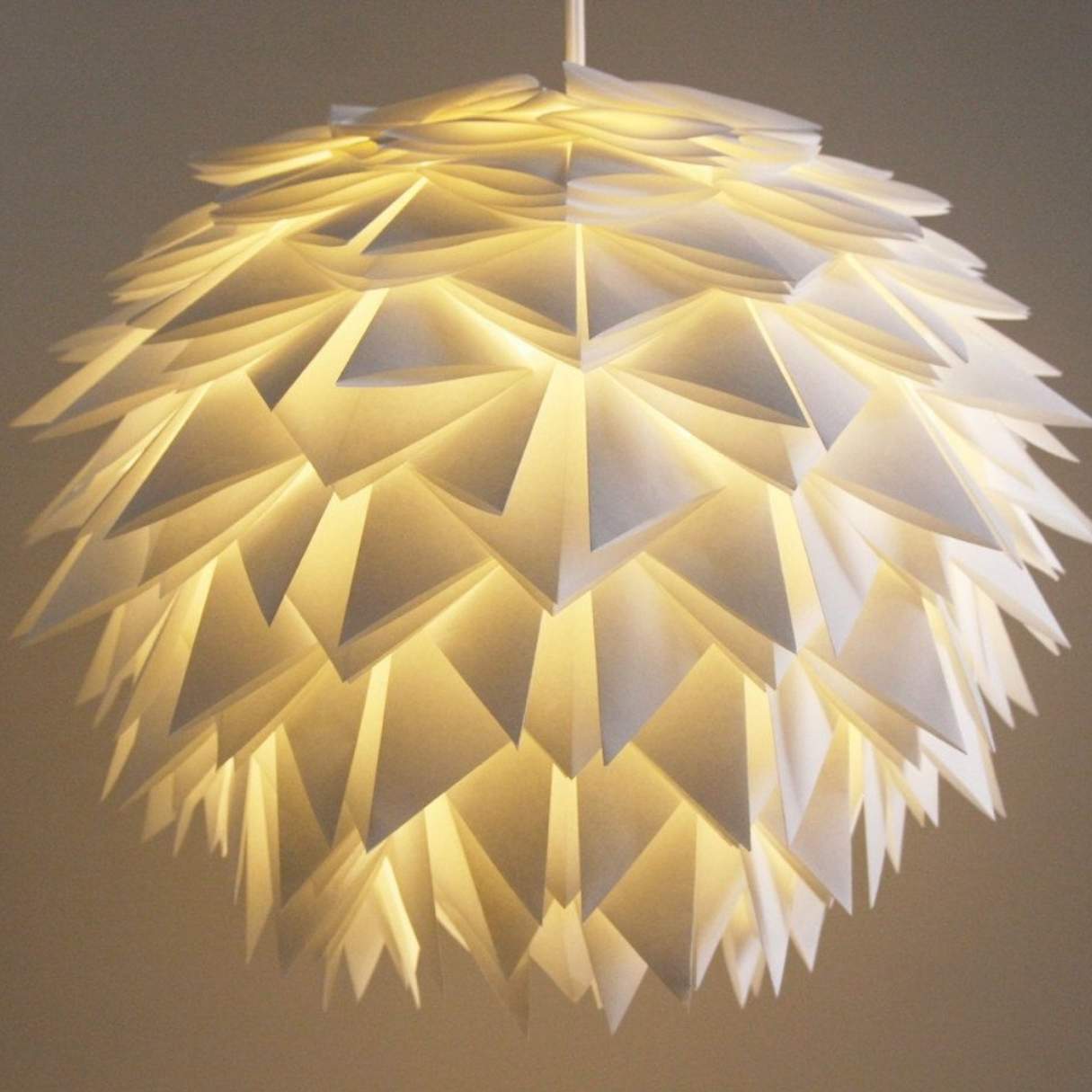
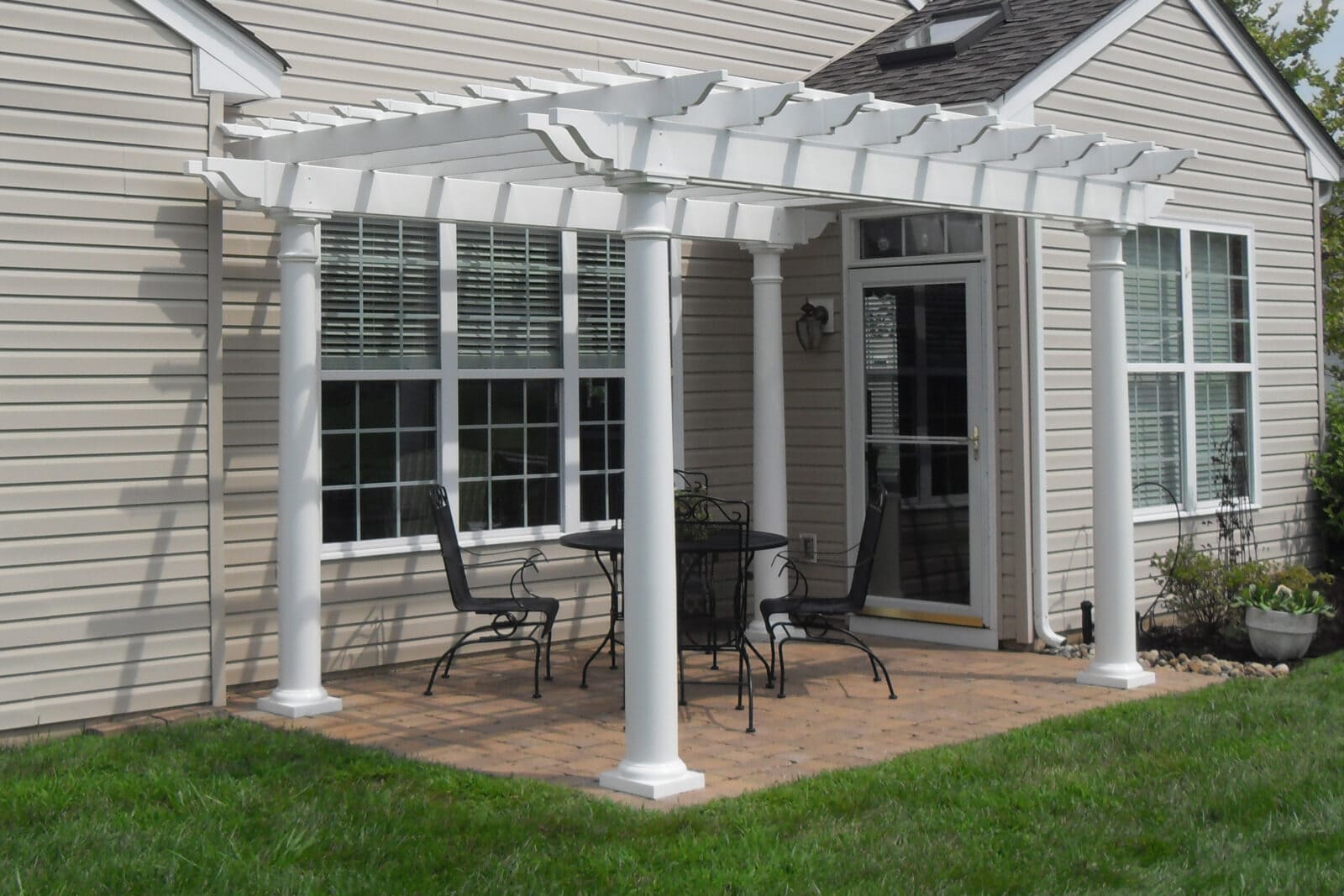
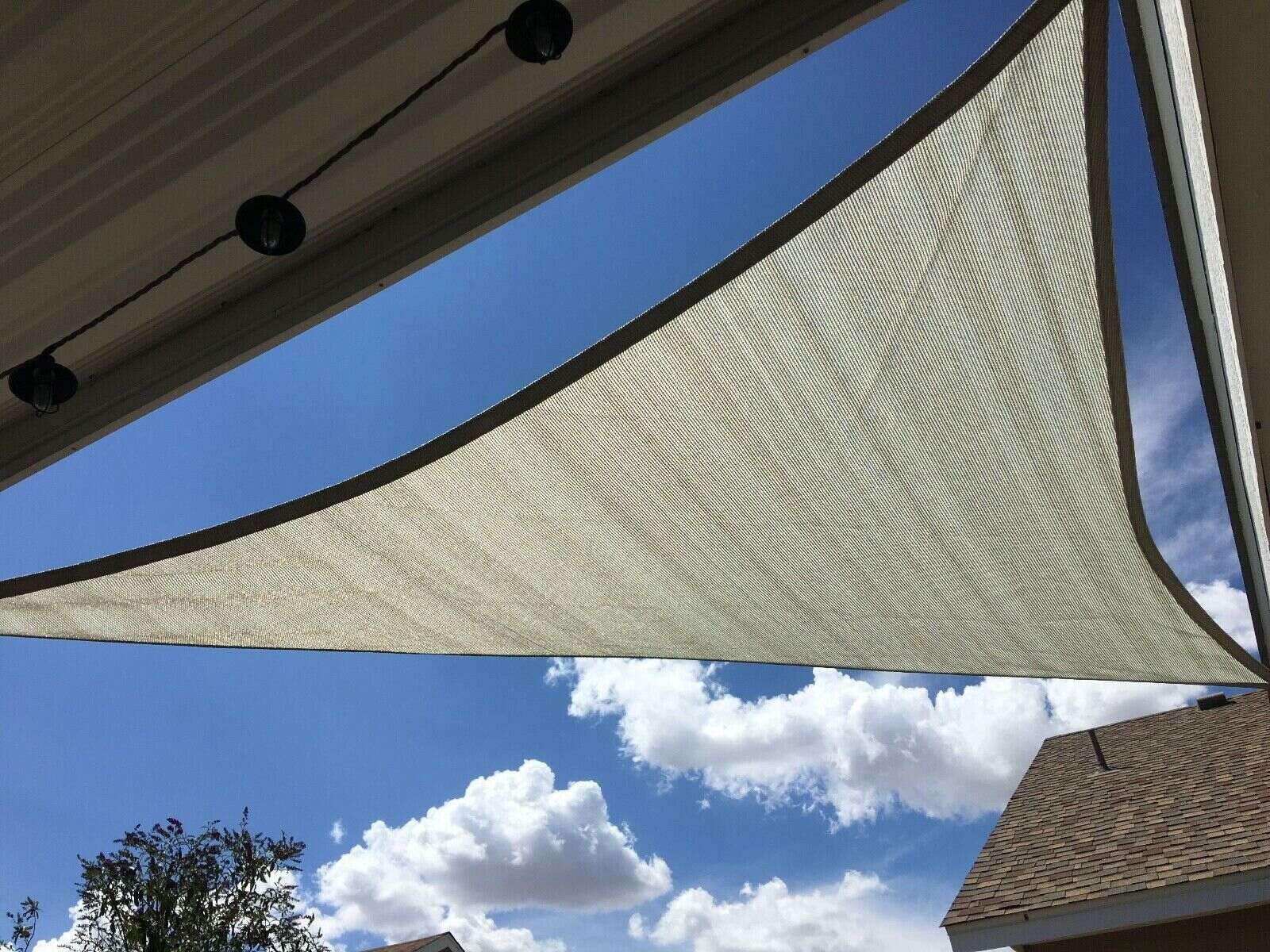
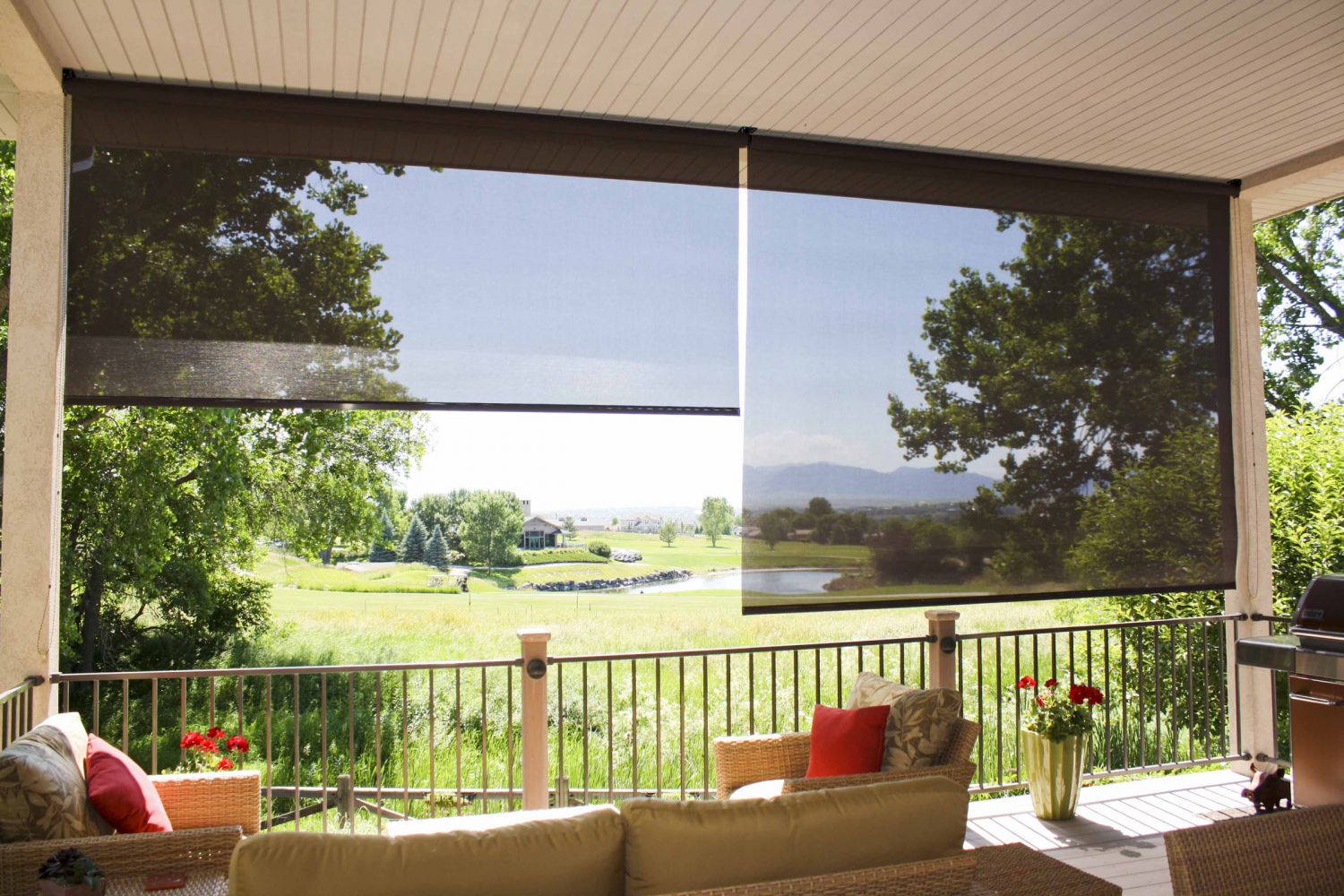
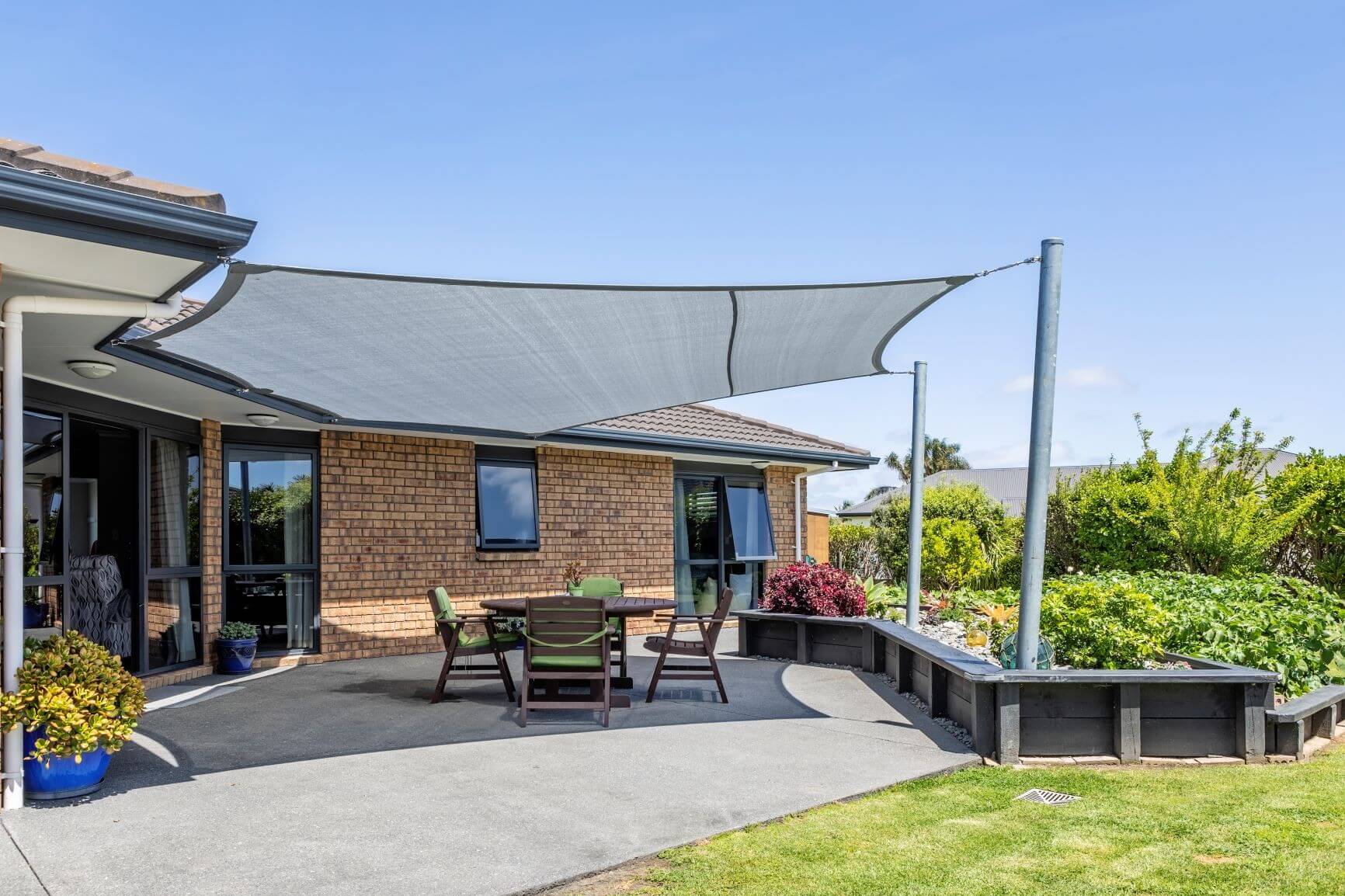
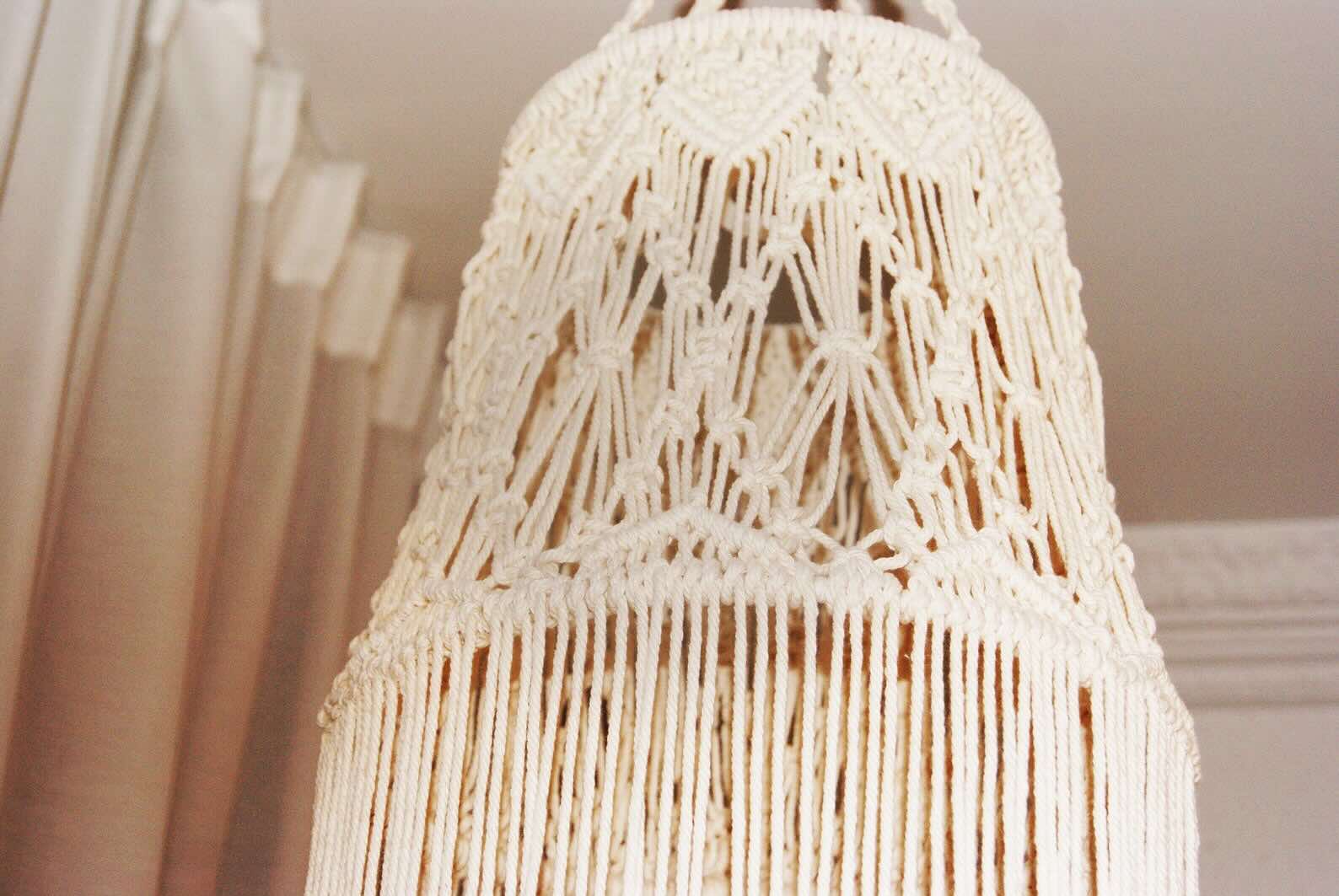

0 thoughts on “How To Shade Glass”